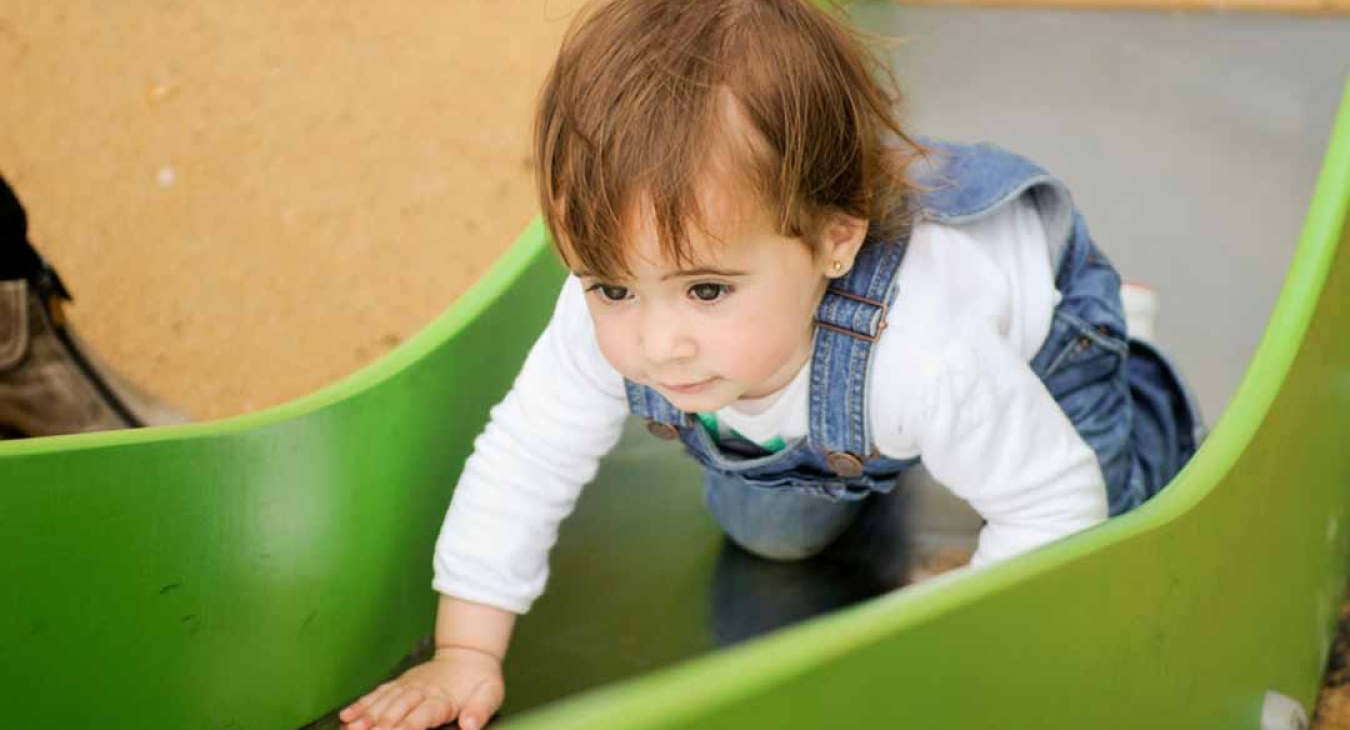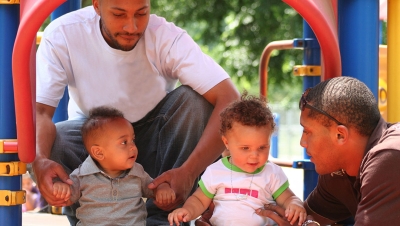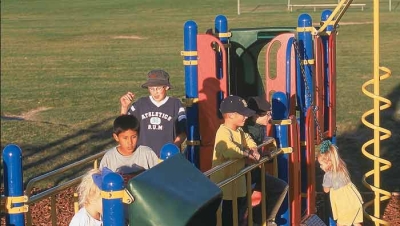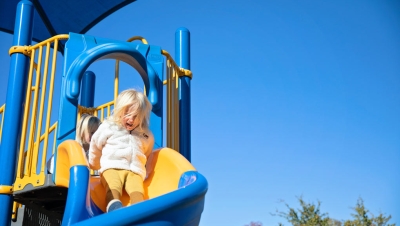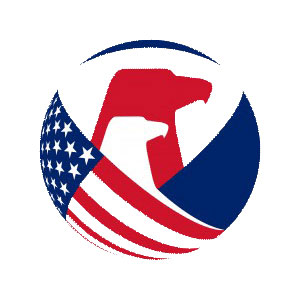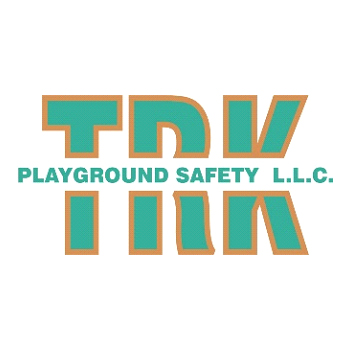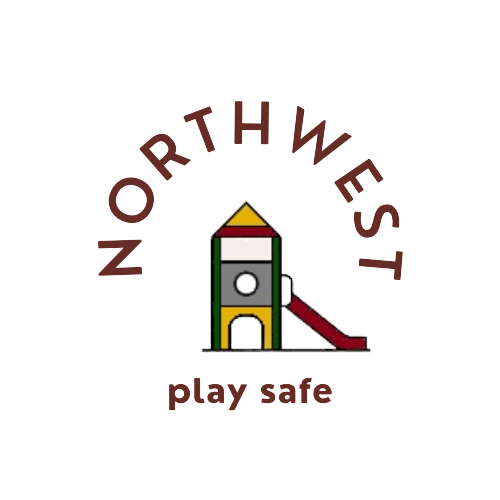The first guideline for public playground safety was published in 1981 by the United States Consumer Product Safety Commission. The target audience for this guideline was children starting at age 5. This guideline was republished in 1991 with a target audience of children starting at the age of 2. In the ten-year gap between the two publications, the USCPSC had learned that children aged 2 to 5 were playing and getting hurt on play equipment that had been designed for children aged 5 and older.
A study of the reasons for these injuries revealed vast differences between a 2-year-old and a 6-year-old. They found that the ability of a child to safely use play equipment is directly related to the child's size, strength, and problem-solving abilities. So, children aged 2 to 5 were added to the guidelines with the recommendation that separate equipment be designed for their use.
The first standard for public playground equipment was published in 1993 by the American Society for Testing and Materials. The target audience was children starting at age two, reflecting the findings of the USCPSC.
These two documents: The Handbook for Public Playground Safety, published by the United States Consumer Products Safety Commission, and the ASTM F1487 Standard Consumer Safety Performance Specification for Playground Equipment for Public Use, published by the American Society for Testing and Materials, became widely used in the assessment of public playgrounds and public playground equipment.
As these were applied, it became obvious that, once again, a critical age group had been left out. When it came to assessing the safety of the play environment for children under 2, there were no guidelines or standards. In the absence of guidelines and standards, recommendations for 2 to 5-year-olds were being applied to children under 2. In 1995, a new ASTM committee was formed to study the ability of children under 2 to safely use play equipment.
The volunteer committee was formed of manufacturers of indoor and outdoor play equipment, members of the early care and education community, safety experts, and playground consultants. Studies of injury data as well as size, strength, and problem-solving abilities of this age group revealed vast differences between children under 2 and children in the next group up, children aged 2 to 5. A review of the lives of these children also revealed significant differences in their daily experience and that of the children in the next group up.
The result of this committee's work is a standard that is very different from the standard that was developed for children aged 2 and up. This standard recognizes that children this age are often in supervised early care and education centers. Therefore, a portion of the standard addresses supervised settings and recognizes the effect that supervision can have on safety. This standard recognizes that these children are in constant motion both indoors and out. Therefore, this standard addresses the use of play equipment indoors as well as outdoors. This standard recognizes that these children are very small and, therefore, in supervised settings, the area required for fall protection is much smaller than it is for children 2 and up. This standard recognizes that these children have very limited upper body strength and therefore are not capable of climbing over barriers on the sides of play equipment decks.
The first standard for public playground equipment for children under two was published in 2005. This standard was published by the American Society for Testing and Materials. Is it ÒASTM F2373?05 Standard Consumer Safety Performance Specification for Public Use Play Equipment for Children Six Months to 23 Months.


